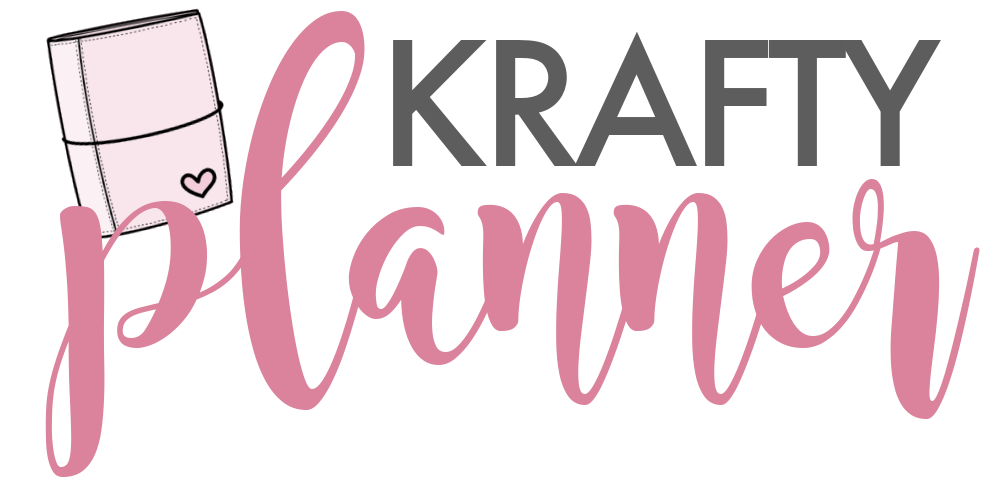The Best Way to Track Progress in Listening Therapy Programs
Tracking progress in a listening therapy program is essential for ensuring the effectiveness and adaptability of the approach for individual needs.
A systematic way to track progress is by maintaining a detailed log that records observations, improvements, and setbacks. This method allows therapists and caregivers to adjust the program based on tangible data, fostering enhanced outcomes in areas like language, communication, and listening skills.
The use of a listening program for autism can be incredibly beneficial for improving communication and social skills. By establishing a robust baseline, caregivers and therapists can identify specific areas for development and monitor how those areas improve over time. When coupled with other interventions, such as speech therapy, listening programs offer a comprehensive approach to supporting an individual's unique learning journey.
Effective progress monitoring in therapy can also involve comparing various music and listening therapy programs to tailor interventions that best suit an individual’s needs.
Consistent documentation and regular assessment help ensure the program is meeting its goals, making it a proactive tool for achieving meaningful changes in a participant's abilities.
This content is not intended to be a substitute for professional medical advice, diagnosis, or treatment. Always seek the advice of your physician or other qualified health provider.
Key Takeaways
Maintain a detailed log to track progress.
Establish a baseline to monitor improvements.
Compare programs for the best individual fit.
Establishing a Robust Baseline for Monitoring Progress
Creating an effective system for tracking progress in a listening therapy program requires a solid baseline.
In this process, identifying core objectives and employing suitable assessment tools is critical, enabling clear measurement of improvements.
Incorporating baseline data through standardized measures and probes provides a foundation for ongoing evaluation.
Identifying Core Objectives with IEP Goals and Therapy Methods
Defining objectives rooted in Individualized Education Program (IEP) goals aligns therapy with specific educational targets. These goals should be clear and measurable, assisting in personalized treatment plans.
Appropriate therapy methods, such as auditory training, music therapy, or cognitive exercises, need to be identified for each participant. Tailoring methods to each goal ensures that progress is meaningfully assessed against initial expectations.
Close collaboration among educators, therapists, and caregivers helps refine these objectives. Regular communication facilitates alignment, ensuring that therapy methods support the overarching aim of enhancing auditory processing and other targeted skills.
This cooperative effort is fundamental to understanding how various elements impact participant success.
Incorporating Baseline Measures and Probes
Incorporating robust baseline measures is crucial for foundational data collection. These measures serve as benchmarks, allowing therapists to recognize starting points for therapy interventions.
Baseline data should be comprehensive, capturing both quantitative and qualitative insights into participants' current capabilities.
Using probes—short, focused measures—enables ongoing data collection. Probes can assess specific skills or behaviours at regular intervals, providing immediate feedback on progress and guiding treatment adjustments.
Consistent use of these tools over time helps maintain focus on therapy objectives and highlights areas requiring further attention.
Selecting Appropriate Progress Monitoring Tools
Choosing the right progress monitoring tools is essential to effectively track participant improvements. Tools like the TLP Brain Scale or Routine Outcome Monitoring (ROM) systems are beneficial for structured assessments. They offer quantitative feedback on therapy outcomes, supporting data-driven decision-making.
Implementing standardized assessments strengthens the process of measuring effectiveness. Tools should be selected based on their ability to align with baseline objectives and provide actionable insights.
The aim is to equip therapists with reliable information that can inform and enhance program adaptations over time.
Effective Strategies for Tracking and Reporting Progress
Progress in a listening therapy program can be tracked effectively using data collection techniques, regular observations, and collaboration with educational professionals.
Structured reports that clearly interpret progress help all stakeholders understand therapy outcomes and adjust program plans accordingly.
Data Collection Techniques in Speech Therapy Sessions
Data collection is essential for tracking progress in speech therapy. Speech-language pathologists (SLPs) use structured methods to obtain consistent and repeatable information during therapy sessions.
Accurate data informs the effectiveness of treatment strategies. Techniques include recording session activities and outcomes, using pre-designed data sheets, and employing digital tools.
Quantitative data, like the number of correct articulation trials, help SLPs measure changes in performance over time. Qualitative notes on behaviours or student engagement provide context to numerical data, offering a comprehensive view of progress.
Utilizing Observations and SLP Toolkit for Articulation and Language Skills
Observations form a crucial part of assessing both articulation and language skills. They provide insights that raw data might miss.
The SLP Toolkit is an invaluable resource with its structured templates and checklists. This toolkit helps in systematically recording observations during therapy sessions.
Using these tools, SLPs gain a clearer picture of speech and language progression. Patterns or recurring errors can be identified, allowing for targeted interventions. Observations also capture non-verbal cues and communication attempts that indicate improvement or areas needing additional focus.
Collaborative Approach: Integrating Teacher Input and Special Education
Collaboration between SLPs, teachers, and special education professionals enhances a student's therapy experience. Teachers lend insight into a student's performance within the classroom environment—a critical perspective that might differ from therapy sessions.
This teacher input, combined with guidelines from special education resources, ensures a well-rounded approach. Personalised learning plans can be developed by integrating feedback from all parties.
This joint effort ensures adjustments in therapy align with educational goals, providing cohesive support for students.
Conclusion
The best way to track progress in a listening therapy program involves a multifaceted approach. Regularly logging observations, such as mood changes and energy levels, provides valuable insights into a participant's development. Tools like a note section are beneficial for maintaining structured records of these observations.
Integrating interactive activities can further enhance engagement, creating a dynamic learning environment. This combination of observations and active participation aids in effectively monitoring improvements and adjusting the therapeutic methods when necessary.
Overall, ensuring progress tracking is adaptable to individual needs promotes a more personalized and effective therapy experience, yielding positive results in cognitive and emotional development.
BEFORE YOU GO:
Here are a few more posts you might like:
See my Link Party Directory for a current list of blog parties I attend each week.
FOR PERSONAL USE ONLY – Please Read Freebies Terms of Use.
(This post may contain affiliate links. For more information, see my disclosures here.)
~ SHARE THIS POST ~
Did you like this post? Do you know someone else who might enjoy it? Please take a minute to share it on Pinterest, Facebook, or your favorite social media… Thank you!






















